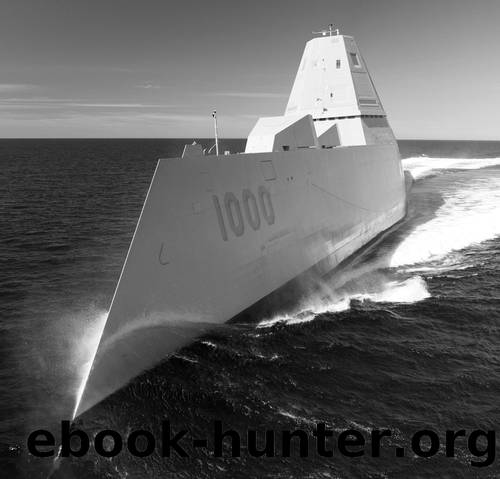Seaforth World Naval Review 2017 by Conrad Waters

Author:Conrad Waters [Waters, Conrad]
Language: eng
Format: epub
Tags: Nonfiction, Reference & Language, Reference, Almanacs & Trivia, Yearbooks & Annuals, Science & Nature, Technology, Military Science, History, Military, Naval
ISBN: 9781473892774
Amazon: B01NC2S5Q4
Goodreads: 34212937
Publisher: Pen & Sword Books
Published: 2016-10-30T04:00:00+00:00
The Dutch colonial presence diminished with the formation of the Republic of Indonesia after a brutal war of independence following the end of the Second World War. Other nations emerged from the former colonies in the following decades. The remaining overseas territories â exclusively in the Caribbean â became integrated into the Kingdom of the Netherlands as constituent countries. Following the most recent constitutional reforms, the four countries of the Kingdom of the Netherlands currently comprise The Netherlands themselves, together with Curaçao, Aruba and Sint Maarten.1
The 21st-century Kingdom of the Netherlands is a wealthy nation. In nominal terms, it has the sixth highest gross domestic product (GDP) in Europe; around â¬650bn in 2015. This places it as the seventeenth wealthiest nation in the world. Much of this wealth is tied to the Kingdomâs prominent role in world trade; imports and exports of c. â¬430bn in each direction position it amongst the worldâs ten largest trading countries. While many of the Netherlandsâ major trading partners are within Europe, the kingdom still conducts a significant amount of trade with non-European nations, for example the United States of America and China. This makes maritime transport a critical component of its trading network. While the Netherlands has a number of large seaports, these are dwarfed by the Port of Rotterdam. This was the largest seaport in the world until 2004 and is still consistently ranked within the top ten busiest ports in the world. It is also the largest container port in Europe. The Netherlandsâ significant wealth, combined with the influence gained through membership of both the European Union and NATO, contribute to the Netherlandsâ status as one of the worldâs middleranking powers.
The interests of the Kingdom of the Netherlands are therefore intrinsically global, a fact that informs the nationâs defence decisions, not least how to allocate a defence budget that currently stands at c. 1.2 percent of GDP. With the end of the Cold War, the main immediate defence concerns are global stability and combating illegal activities, as both can have a negative impact on their economy. The heavy reliance on trade â especially that conducted outside Europe â makes maintaining the freedom of the seas of paramount importance. This important role is primarily within the purview of the Royal Netherlands Navy (RNLN).
The Royal Netherlands Navy embarked on a major programme of construction to rebuild its war-ravaged fleet after the end of the Second World War. This image shows the lead ship of two De Ruyter class cruisers in home waters in September 1962. She remains in service to this day as the Peruvian Navyâs Almirante Grau. (Editorâs collection)
Download
This site does not store any files on its server. We only index and link to content provided by other sites. Please contact the content providers to delete copyright contents if any and email us, we'll remove relevant links or contents immediately.
Crazy Rich Asians by Kevin Kwan(8886)
Small Great Things by Jodi Picoult(6681)
Spare by Prince Harry The Duke of Sussex(4787)
Too Much and Not the Mood by Durga Chew-Bose(4091)
Machine Learning at Scale with H2O by Gregory Keys | David Whiting(3621)
Harry Potter 02 & The Chamber Of Secrets (Illustrated) by J.K. Rowling(3555)
Never by Ken Follett(3524)
I'll Give You the Sun by Jandy Nelson(3272)
The Ultimate Backcountry Survival Manual by Aram Von Benedikt; Editors of Outdoor Life;(3171)
Fairy Tale by Stephen King(2947)
Fantastic Beasts and Where to Find Them: Illustrated edition by J.K. Rowling & Newt Scamander(2921)
The Man Who Died Twice by Richard Osman(2807)
Reminders of Him: A Novel by Colleen Hoover(2755)
Beautiful Disaster 01 by Jamie McGuire(2709)
The One Memory of Flora Banks by Emily Barr(2684)
Will by Will Smith(2579)
Harry Potter and the Deathly Hallows (7) by J.K. Rowling(2550)
Hooked: A Dark, Contemporary Romance (Never After Series) by Emily McIntire(2420)
Photographic Guide to the Birds of Indonesia by Strange Morten;(2407)
